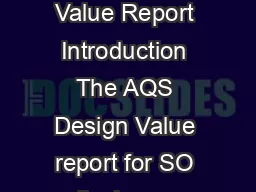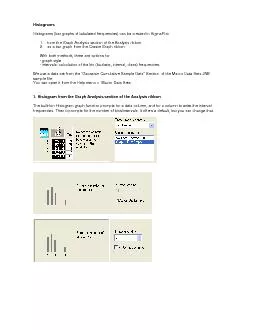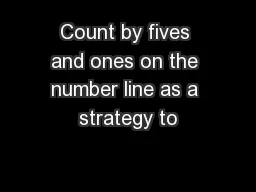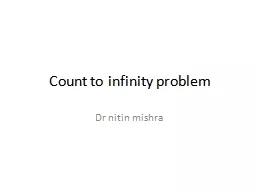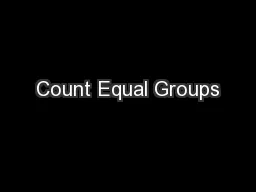Making It Count Understanding the Value of Energy
Author : tawny-fly | Published Date : 2025-06-27
Description: Making It Count Understanding the Value of Energy Efficiency Financing Programs Funded by Utility Customers Chris Kramer Energy Futures Group Chuck Goldman Lawrence Berkeley National Laboratory Feb 11 2016 About SEE Action 2 Network of
Presentation Embed Code
Download Presentation
Download
Presentation The PPT/PDF document
"Making It Count Understanding the Value of Energy" is the property of its rightful owner.
Permission is granted to download and print the materials on this website for personal, non-commercial use only,
and to display it on your personal computer provided you do not modify the materials and that you retain all
copyright notices contained in the materials. By downloading content from our website, you accept the terms of
this agreement.
Transcript:Making It Count Understanding the Value of Energy:
Making It Count Understanding the Value of Energy Efficiency Financing Programs Funded by Utility Customers Chris Kramer, Energy Futures Group Chuck Goldman, Lawrence Berkeley National Laboratory Feb 11, 2016 About SEE Action 2 Network of 200+ leaders and professionals, led by state and local policymakers, bringing EE to scale at state & local levels Facilitated by DOE and EPA; successor to the National Action Plan for Energy Efficiency The SEE Action Network is active in the largest areas of challenge and opportunity to advance energy efficiency Goal: All cost-effective energy efficiency by 2020 Support on energy efficiency policy and program decision making for: Energy office directors, utility regulators, air directors Legislators, governors, mayors, county officials Consumer advocates, other stakeholders Based on experience, a library of: Best practices Considerations for decision making Analysis of current approaches What SEE Action Does 3 Report’s Objectives 4 Explore options for placing EE financing in an appropriate regulatory context. Explore ways of adapting EE program planning and evaluation tools to the unique features of EE financing. As EE financing has gained prominence in recent years, several jurisdictions: Have launched large-scale financing initiatives using utility customer funds to attract private capital Have placed their financing programs outside of traditional PUC oversight Are considering shifting away from traditional EE strategies and toward financing as a “substitute” strategy over time Implications: Less reliance upon existing EE planning and evaluation approaches EE planning and evaluation tools may need to be adapted to account for unique features of financing programs. Context for This Report 5 Can financing be placed in a regulatory context that would preserve accountability while providing sufficient flexibility to program administrators and customers? Can the tools that have been used to screen traditional EE programs for cost-effectiveness and assess potential savings and impacts be adapted in ways that make them work for EE financing programs? Questions Addressed 6 Conceptual Framework: Financing as a “Complement” or “Substitute” 7 NOTE: These two approaches are not mutually exclusive in the short-term; even in jurisdictions where policymakers have made statements supporting an eventual substitution, financing currently operates as a complement in the five selected states (e.g., consumers may make use of existing programs and new financing-focused offers). Interviewed approximately 20 stakeholders in 5 states (California, New York, Connecticut, Massachusetts, Maryland) Reviewed public filings and other documents EE financing plays an increasingly significant role in each selected state: CA: Suite of EE

